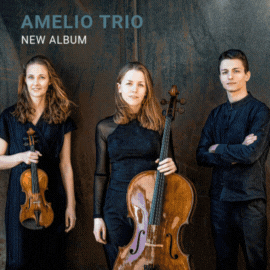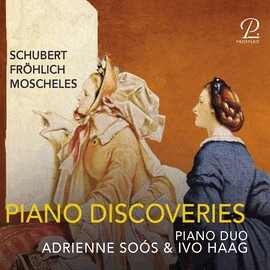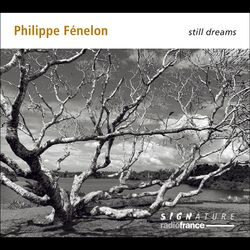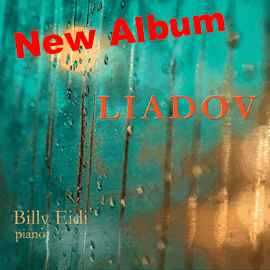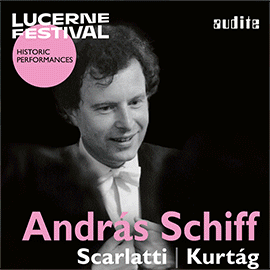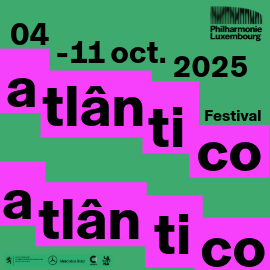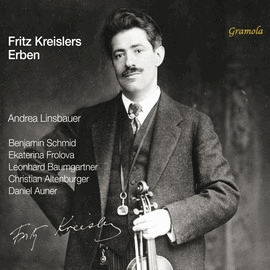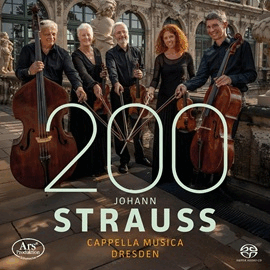Auf diesen Aufnahmen sind mit der Geschichte, der Kunst oder der Literatur dialogisierende Werke – Themen sind Mythologie, Astronomie, Musik, Ethnographie, Malerei und Poesie – zu hören, deren gemeinsamer Anknüpfungspunkt Reisen oder Spaziergänge sind. Die Musik des Schülers von Messiaen zeigt sich modernistisch-synthetisch mit der Tendenz zur Polyphonie. Postserialismus und Spektralmusik, die Ismen seiner jungen Jahre, hielt er auf Distanz.
Seine Welt ist die unaussprechliche Poesie und subtile Nuancierung. Mit seiner nicht eben zugänglichen Sprache macht er es dem Hörer nicht leicht. Seine Musik ist geprägt von nicht greifbarer Distanz, Diskretion sowie kristalliner Reinheit. Damit ist sein Stil sehr persönlich. Bei allem schreibt er polyphon im Sinne mittelalterlicher Musik wie auch modern.
Bezugspunkte kommen auch von ihm. So schrieb Fénelon nach nächtlichen Streifzügen durch eine Stadt in Norditalien die Gedichte in Notti für Stimme und obligatorischen Kontrabass. Oder musikalische Form bezieht ihre Logik aus der Topographie: Bei Omaggio (a Tiepolo) für Violine solo bot ein riesiges Fresko im Ballsaal des Palazzo Canossa in Verona, 1945 durch Bombenangriffe teilweise zerstört, das Komponieren an. In Les Combats nocturnes, in dessen mythologischer Vorstellungswelt Urgewalten geweckt werden, für Klavier und Schlagzeug, kann im ersten Satz das Mosaik auf dem Boden das Labyrinth oder gleichzeitig ein zeitlicher Pfad für die Interpreten oder für den Zuhörer ein geistiger Weg sein. Weitere Ideen und Erläuterungen auch zu den anderen Werken bietet der begleitende Text.
Mit den Musikern vom Quatuor Diotima setzen in Still Dream neben Florent Jodelet an Steel Drums die wohl bekanntesten Interpreten dieser Einspielung die gestalterischen Ideen von Fénelon in Klang um. Zusammen schaffen sie eine Hörerfahrung, bei der das Quartett den manchmal unscharfen Klang der Steeldrums umhüllt und sich dabei selber in gewisser Weise unkenntlich macht. Die sieben Teile evozieren, wieder einmal, die Idee einer Reise, bei der die Illusion, wenn man noch ‘träumt’, die Erinnerung an die Musik, die man geliebt hat, ist.
Doch bieten auch alle anderen Interpreten feinsinnige Interpretationen, die der vielschichtigen und subtil gesetzten Musik ihre Reize herauskitzeln, so dass eine abwechslungsreiche Tour des Hörens möglich wird, die zum genauen Lauschen einlädt. Dabei werden geigentechnische Delikatessen wie in Omaggio (a Tiepolo) von Maryvonne Le Dizès ebenso elegant gelöst wie die Doppelbeanspruchung mit Stimme und Kontrabass in Notti für Joëlle Léandre.
These recordings feature works that dialog with history, art or literature – themes include mythology, astronomy, music, ethnography, painting and poetry – with travel or walks as a common point of reference. The music of Messiaen’s pupil is modernist-synthetic with a tendency towards polyphony. He kept his distance from post-serialism and spectral music, the aesthetics of his younger years.
His world is inexpressible poetry and subtle nuances. His language, which is not exactly accessible, does not make it easy for the listener. His music is characterized by intangible distance, discretion and crystalline purity. This makes his style very personal. He writes polyphonically in the sense of medieval music as well as modern.
Points of reference also come from him. For example, Fénelon wrote the poems in Notti for “voice and obligatory double bass” after night-time rambles through a town in northern Italy. Or musical form draws its logic from topography: in Omaggio (a Tiepolo) for solo violin, a huge fresco in the ballroom of the Palazzo Canossa in Verona, partially destroyed by bombing in 1945, provided the inspiration for the composition. In Les Combats nocturnes for piano and percussion, in whose mythological imaginary world elemental forces are awakened, the mosaic on the floor in the first movement can be the labyrinth or at the same time a temporal path for the performers or a spiritual path for the listener. The accompanying text offers further ideas and explanations also of the other works.
In Still Dream, the musicians of Quatuor Diotima, alongside Florent Jodelet on steel drums, are probably the best-known interpreters of this recording, translating Fénelon’s creative ideas into sound. Together they create a listening experience in which the quartet envelops the sometimes blurred sound of the steel drums, making themselves unrecognizable to a certain extent. The seven parts evoke, once again, the idea of a journey where the illusion, if you are still “dreaming”, is the memory of the music you loved.
But all the other performers also offer subtle interpretations that tease out the charms of the multi-layered and subtly set music, allowing for a varied tour of listening that invites you to listen closely. In the process, technical violin delicacies such as in Omaggio (a Tiepolo) by Maryvonne Le Dizès are solved just as elegantly as the double demands on voice and double bass in Notti for Joëlle Léandre.







